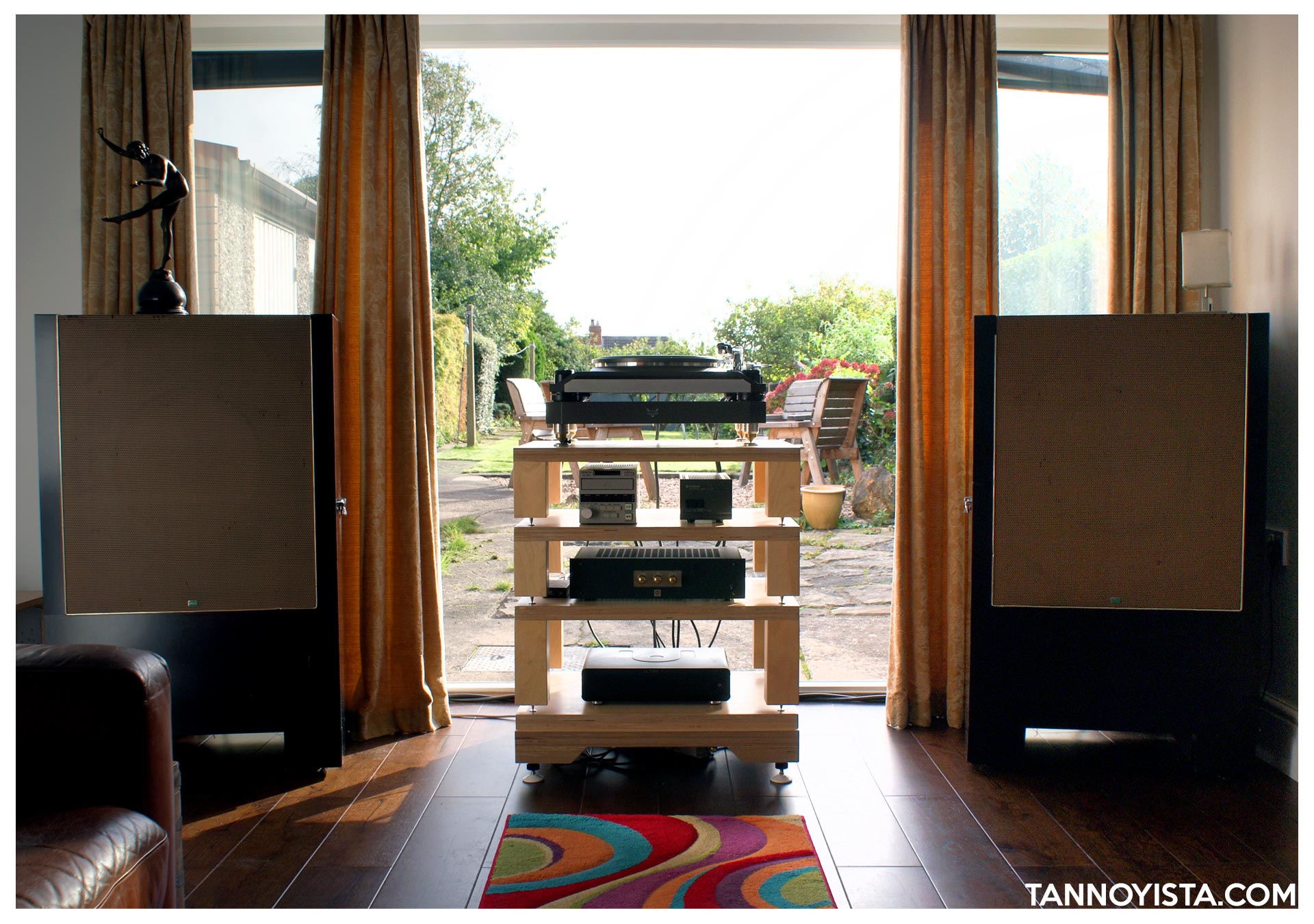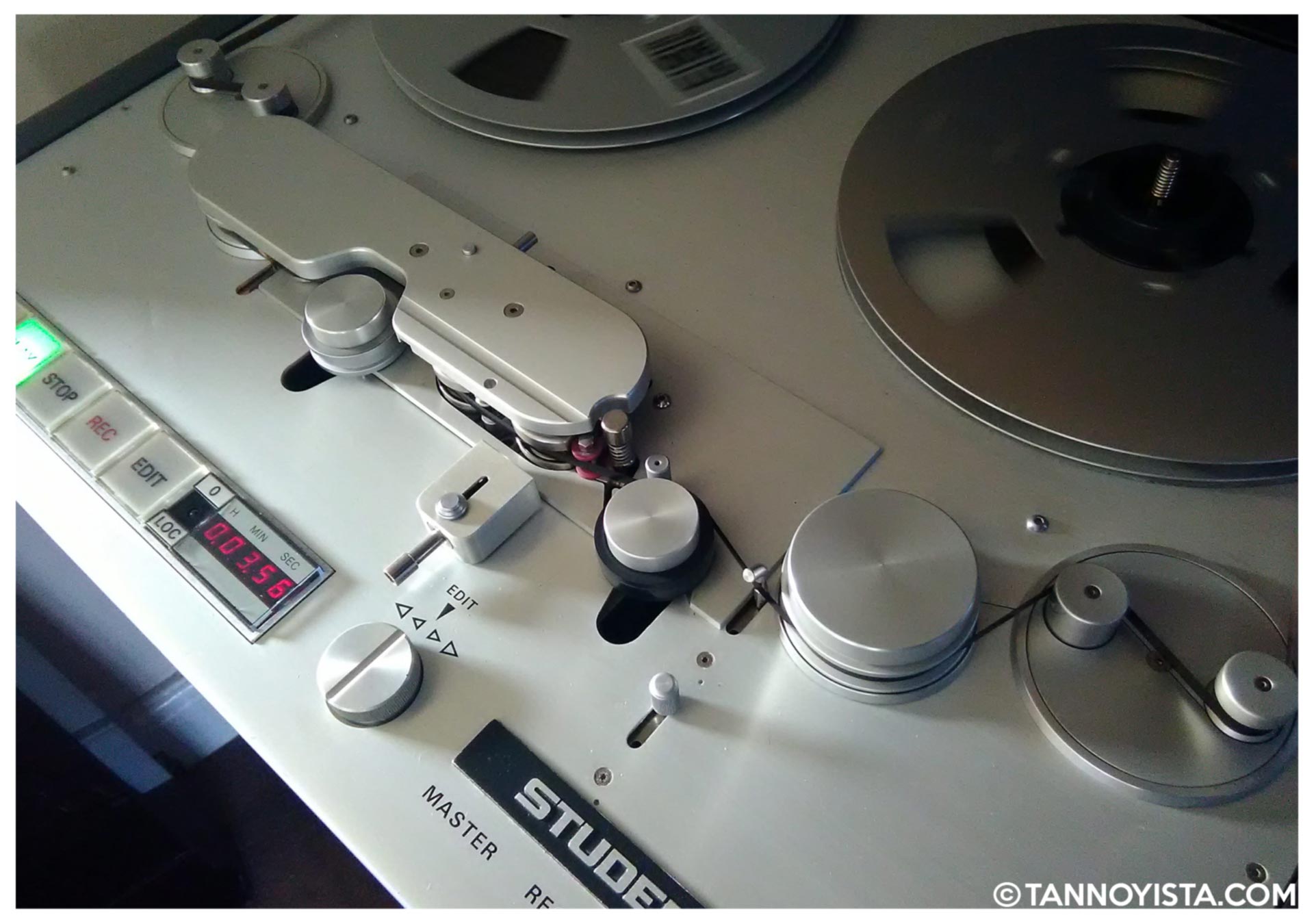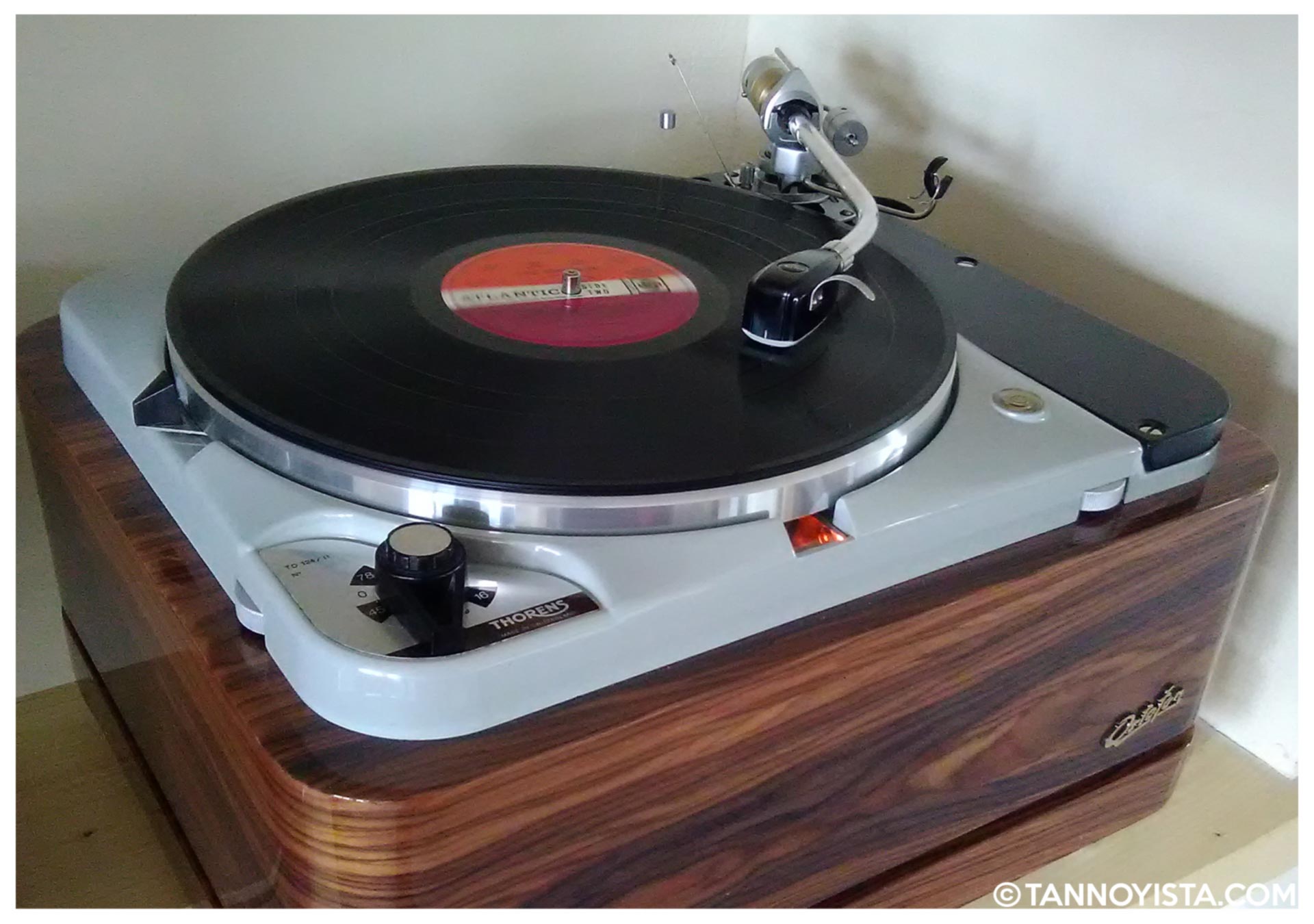The Degritter ultrasonic record cleaning machine (RCM) is nothing but an absolute essential for your vinyl collection. Easy to use with outstanding results, its the ultimate cleaning machine.
The Degritter Mk-II RCM (Record Cleaning Machine) has arrived at Tannoyista and what an amazing machine it is. Like many of us, I always try to buy the best pressings, and with that, you most certainly want them to sound at their best and to get as close as you can to that master tape sound.
The Degritter Mk-II is the latest version of this wonderful machine. Keeping vinyl clean not only allows your music to be enjoyed at its maximum, but it also retains the life of both your stylus and your vinyl.
The Ranvoice Audio RV-1020 valve preamplfier is something which is both unique in build and sound. Utilising the sound of EL-84s, and separate PSU, it's most certainly something to consider.
Ranvoice Audio is a new company based in west Ukraine. It’s quite obvious that having an obscene and unwarranted war raging in your own country would bring its own difficulties. But, against all odds,
Ranvoice has created a unique valve preamplifier that makes you want to sit up and listen.
The Croft Acoustics Vitale SC is a classic preamplifier. Discover how the upgrades by Firebottle Audio have brought this sleeping beauty bang up to date.
In early 2023, I decided that I'd put together a more robust balanced system, and with a new balanced amplifier on the cards coming into Tannoyista, the time was right to get a nice preamplifier sorted too.

Discover more about the amazing Ultrafide Audio U500DC power amplifier.
British-made and very special.
It's early 2023. And with the new year, a new amplifier has arrived at
Tannoyista. And this time, it isn't valve-based. This 250wpc British-made
amplifier is from a company with an excellent heritage in live sound &
professional studio circles that some in the Hi-Fi world may not have heard
of.
Nonetheless, it is a heritage that has been highly regarded in professional
audio worldwide and has recently added a Hi-Fi arrow to its bow, Ultrafide.

Discover what Entreq can bring to your system with the Tellus 2 Infinity line grounding box and Eartha cables.
The Entreq Tellus II Infinity Line is one of the most intriguing additions to the Tannoyista system I've ever had the pleasure of owning. It has no moving parts, no mains cable and is encased in beautifully finished solid wood.
Discover the improvements of the Sepea Audio stabiliser card for the Studer A80 master tape machine.
The A80 stabiliser card is something you wouldn't think about upgrading. But Sepia Audio has made something really special which has to be experienced on such a legendary machine.
The Studer A80 is one of the most famous reel-to-reel machines in the world. Renowned for its delicate transport and amazing reproduction quality, its time on this earth is now legendary.
Discover the Studer A80/R Master tape recorder. The most famous work-horse in music.
The Studer A80 Master Recorder is one hell of a beast. After previously owning a Studer A807 MKII, Nagra Kudelski, Revox G36 and a Pioneer RT-909, in 2018 I wanted to revisit an old friend with whom I was familiar back in the early '90s.
Discover the EL-34 Air Tight ATM-1 Valve Power Amplifier
One amplifier which came my way in 2021 was the AirTight ATM-1. This was a remarkable little amplifier which made a big impression as part of the Tannoyista system.
Air Tight had always been one of the manufacturers which I heard of but, alas, never found the time to take a look at. So when an ATM-1 came along, I thought, why not...
Discover the HDX-1 RCA Interconnect cables by Mark Grant
Back in 2010, I discovered that after ploughing through so many interconnect cables. The art of getting something sounding right together with robust reliability and cost differed considerably.
My main cables of choice for quite some time were by Chord. They were made well and sounded great but a change was in the air. So, I made it my task to find something which would tick all the boxes, but maybe for a more reasonable price tag.
On a recommendation from a member of The Art of Sound forum, the name Mark Grant had been bounced around and got some great comments from a plethora of different users with a wide range of systems. Having this wider user appeal had to be something I needed to try.
Discover the classic Pioneer PD-91 Compact Disc Player. Is it worth it?
The Pioneer PD-91 is considered a rare piece of equipment to own but in 2020, is it worthwhile owning such a classic piece of kit.






















 All the photographs and images on this site are copyright.
All the photographs and images on this site are copyright.